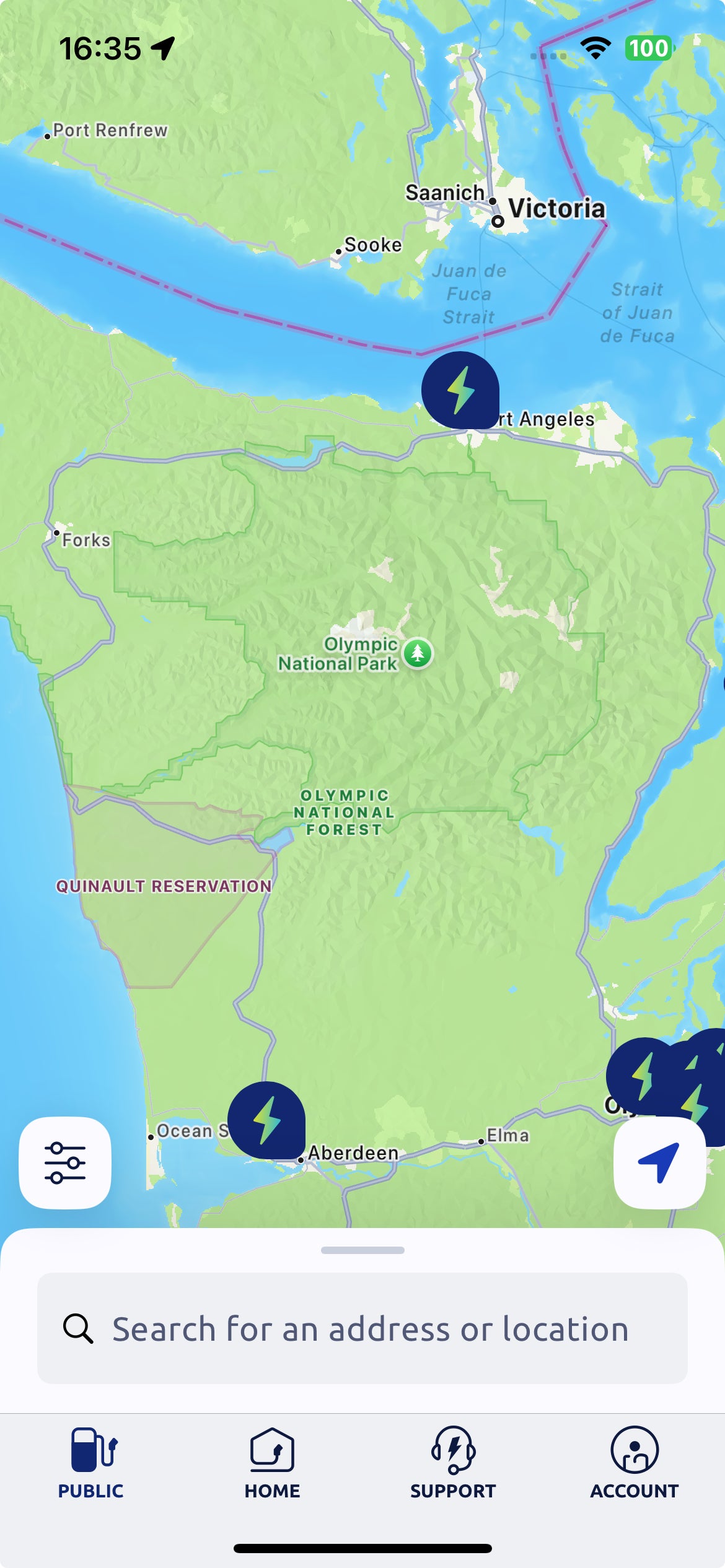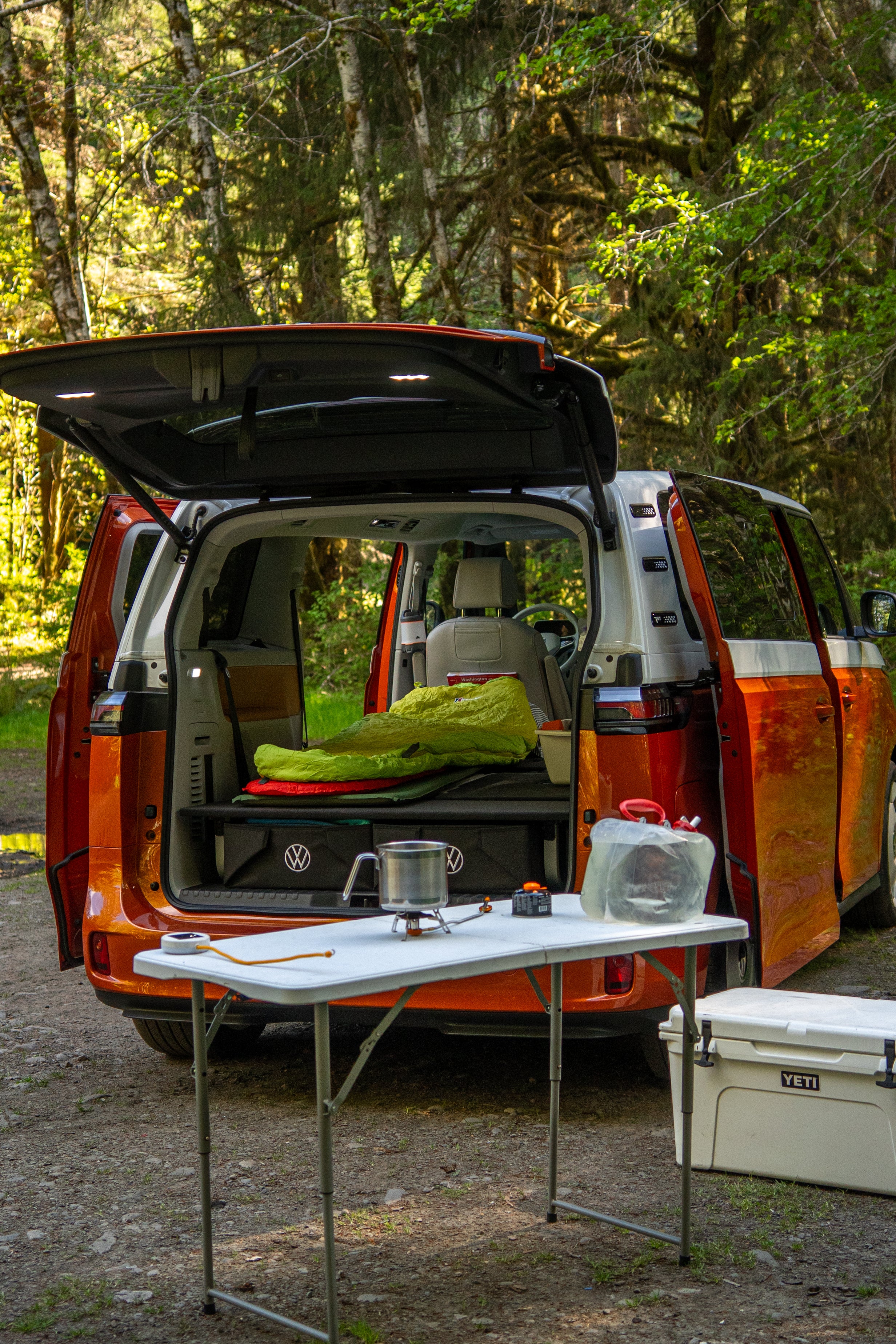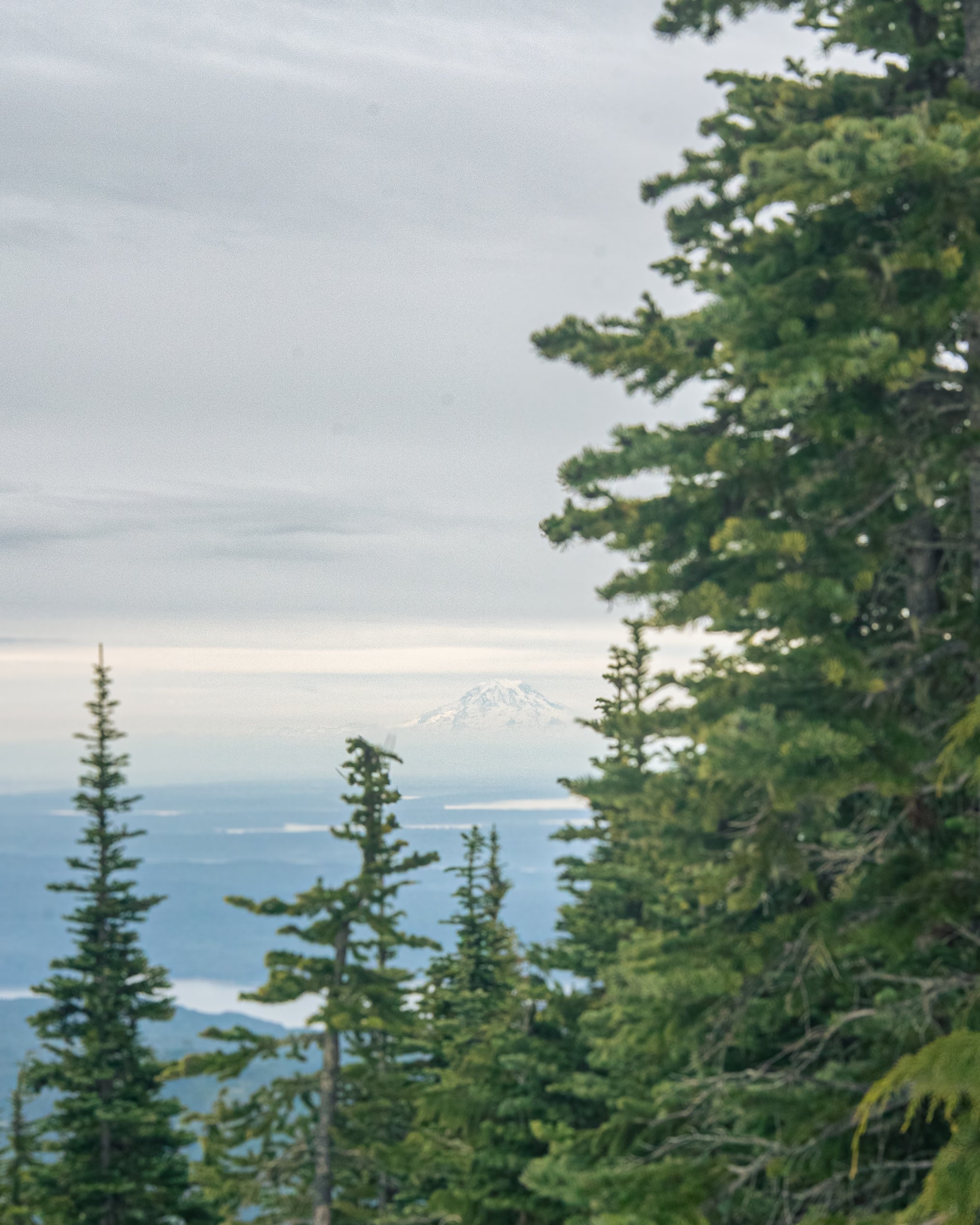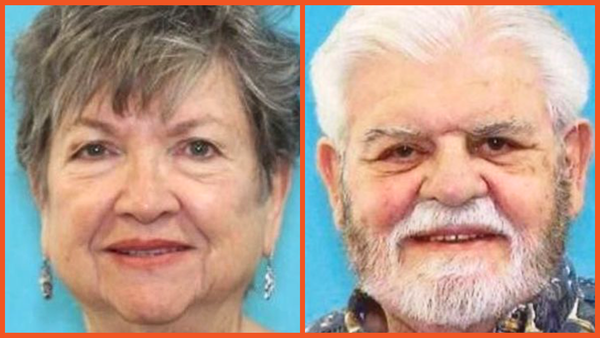
From a young age, I knew what my favourite car was: the VW Bus. I loved the look, loved the simplicity, loved the promise of freedom it represented.
Years later, though not so old I’d no longer consider myself youthful, it was electric cars that piqued my interest. I loved the tech, loved the performance, loved the sense of driving something future-facing.
So imagine my delight when Volkswagen’s all-electric ID. Buzz hit the roads; a long-wheelbase, seven-seater reimagining of the classic Type 2.
The stage was set for a trip I’d been wanting to try for years: camping in an all-electric vehicle on Washington State’s Olympic Peninsula.
The Peninsula is true slice of American wilderness — nearly one million acres of protected parkland, from misty Pacific coastline to the snow-dusted mountain passes of Olympic National Park and Forest.
But in this terrain, how would a first-generation electric remake of an icon hold up?
Planning the unplanned

I’ll admit: I’m not much of a planner. Booking the start and end of a trip is usually as far as I go. But if you’re heading off-grid in an electric car… that ain’t gonna fly.
Even as EV infrastructure improves, range planning is still a necessary step. A bit of time on ZapMap and Electrify America quickly taught me this region doesn’t exactly overflow with chargers. Eek.
The idea was to spend at least half the trip using dispersed campsites — unofficial spots with no amenities, just somewhere quiet to park up. If you know where to look, they’re all over. I use a great app called The Dyrt, which lists both official and wild camping spots across the US.
Combining charger locations and sites I wanted to visit, I sketched out a rough route:
- Start in the north, with a charging stop in Port Angeles, then a couple of nights in the Sol Duc rainforest
- On to Fort Flagler, with a top-up charge again in Port Angeles
- Down to the southeast corner and up into the mountains around Mt Elinor and Mt Washington
- Then a long, hopeful crawl to a charger about 60 miles away in Olympia
With just enough of a plan in place, I set off from Seattle.
Hitting the road
Driving through Washington is a joy. The SR16 crossing the Tacoma Narrows Bridge, the winding US101 along Lake Crescent — spectacular.
First stop for me? Walmart in Port Angeles. Not glamorous, but practical. Electrify America has a charger right there, so I could top up to 100 per cent (not usually recommended, but fine in this case) while loading up on groceries. No downtime.
Then, with more than 250 miles in the metaphorical tank, I hit the road.
And here’s the thing.
*Whispers* I don’t have any tales of disaster or breakdowns. No moments of range panic or stranded-on-the-side-of-a-mountain drama.

Over five days in the wild, the Buzz was an absolute champ. From rainforest to coast to alpine climbs, it handled everything I threw at it.
Charging between locations? Easy and quick. Totally manageable within the natural breaks you’d take anyway for grocery stops or trips into towns en route.
The bit I’d worried about most, heading up into the mountains around Lake Cushman, turned out to be a breeze. The Buzz just… did it. Climbed with confidence, descended without fuss. Regenerative braking meant I clawed back power on the way down, using only a little more than I would have on a flat road.
A van with star quality
There’s one thing the Buzz does that no minivan I’ve ever driven can match: it turns heads.
This car is a celebrity. People were constantly stopping me to ask about it, snap photos, or yell compliments from across parking lots. One woman even shouted “Oh that is so cute!” out of her car window… while driving.
So yes, it’s fun to drive. But how does it hold up as a camper?
This is definitely a “car first, camper second” situation. You don’t get any pre-installed mod-cons like blinds or swivel seats. But the back seats do fold completely flat, and there is a lot of space.
With the second and third row folded down, there’s an 8-inch gap between them. My carry-on suitcase slotted in perfectly to bridge it. Add a couple of sleeping pads and I had a very comfy bed. I’m 6’1” (no I really am, I promise!) and could stretch out fully.
The Buzz also ships with two small VW-branded trays in the boot. They’re designed for groceries but worked brilliantly as camping storage: clothes in one, stove and kit in the other. Having everything unpacked into something “domestic” made car camping feel far more homely.

Range reality
Driving sensibly, I saw up to 3.4 miles per kWh on flat roads, dropping to around 2.7 on steep climbs. That’s impressive, especially when you get some of that energy back on the way down again.
The range held up so well that I didn’t think twice about using any of the seven USB-C ports to charge my devices. I ran the heater on a chilly evening without stress. I even treated myself to a seat massage after a long hike.
Is this… glamping?
While the Buzz’s range did impress me, it’s worth noting that charging on the road isn’t cheap, at least not with public rapid chargers.
Over the course of the week, I spent around $75 topping up, despite covering relatively modest distances. That’s considerably more than it would’ve cost to fill up a petrol car for the same mileage. If you’re planning a similar trip, it’s something to budget for.
Final verdict
So, camping in an electric car? Not only is it doable, it’s delightful.
The fact that the Buzz is electric made very little difference to my experience. I never felt limited. I tackled dirt roads, off-grid sites, and mountain switchbacks just as I would have in any petrol-powered van.
They say never meet your heroes. But I did, and the 10-year-old who once prized a Matchbox model of the VW Type 2 would be very, very proud.
How to have a budget-consious holiday in Bermuda
Disney hit with another round of layoffs as hundreds lose their jobs
What is the worst US state for drivers with road rage?
Smokey Robinson blasts ‘vile’ lawsuit where housekeepers accused him of rape
Missing dog found after a month by chance as firefighters tackled nearby car blaze







